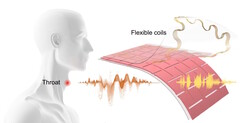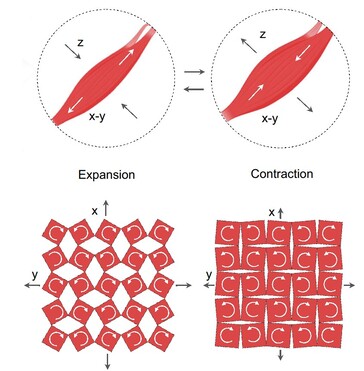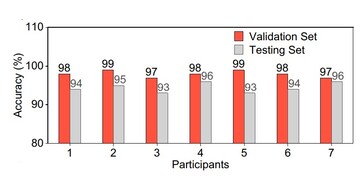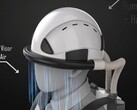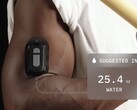A group of bioengineer researchers at UCLA has created a flexible, self-powered patch that translates laryngeal muscle movements on the surface of the neck during silent speech into spoken speech using machine learning. This wearable patch enables people who are otherwise mute or cannot speak properly due to vocal fold injury, illness, or disorders to speak using the voice patch system.
Human voice is created during the exhalation of air through the throat and modulated by the many laryngeal muscles present. The laryngeal muscles all need to move in coordination to produce speech, and the movements on the surface of the neck are a reflection of the movements inside the throat.
Specifically, the larynx is the most important since it contains the vocal cord muscles that change shape while creating different sounds. Laryngitis and vocal cord overuse (screaming, singing, or shouting) are common reasons why one can’t speak because the key muscles won’t move correctly to generate sound. However, even when the vocal cords do not work properly, other laryngeal muscles still move in the attempt to speak.
The researchers created an adhesive patch that can sense the movement of the throat muscles. The patch has outer layers of polydimethylsiloxane (PDMS) sandwiching two layers of copper coils serving as the magnetic induction (MI) layers, which are separated by a single layer of PDMS and magnets serving as the magneto-mechanical coupling (MC) layer. The MC layer has many incisions in it to allow it to expand and contract more easily when the throat muscles flex.
When a person attempts to speak wearing the 7.2 gram (0.25 ounce) patch, muscles move and the patch flexes, generating a small electrical signal that is picked up by the sensor module. The signal is processed, then passed to the machine learning module which analyzes the signal and interprets what the speaker is trying to say from a set of five sentences used to train the system. Within 40 ms, the computer speaks the intended sentence with an accuracy of 94.68 percent.
The system needs to be trained on a much wider range of words and sentences before the voice wearable technology can vocalize common speech, so readers who are mute might find a book on Morse code or sign language helpful while waiting for the patch.




